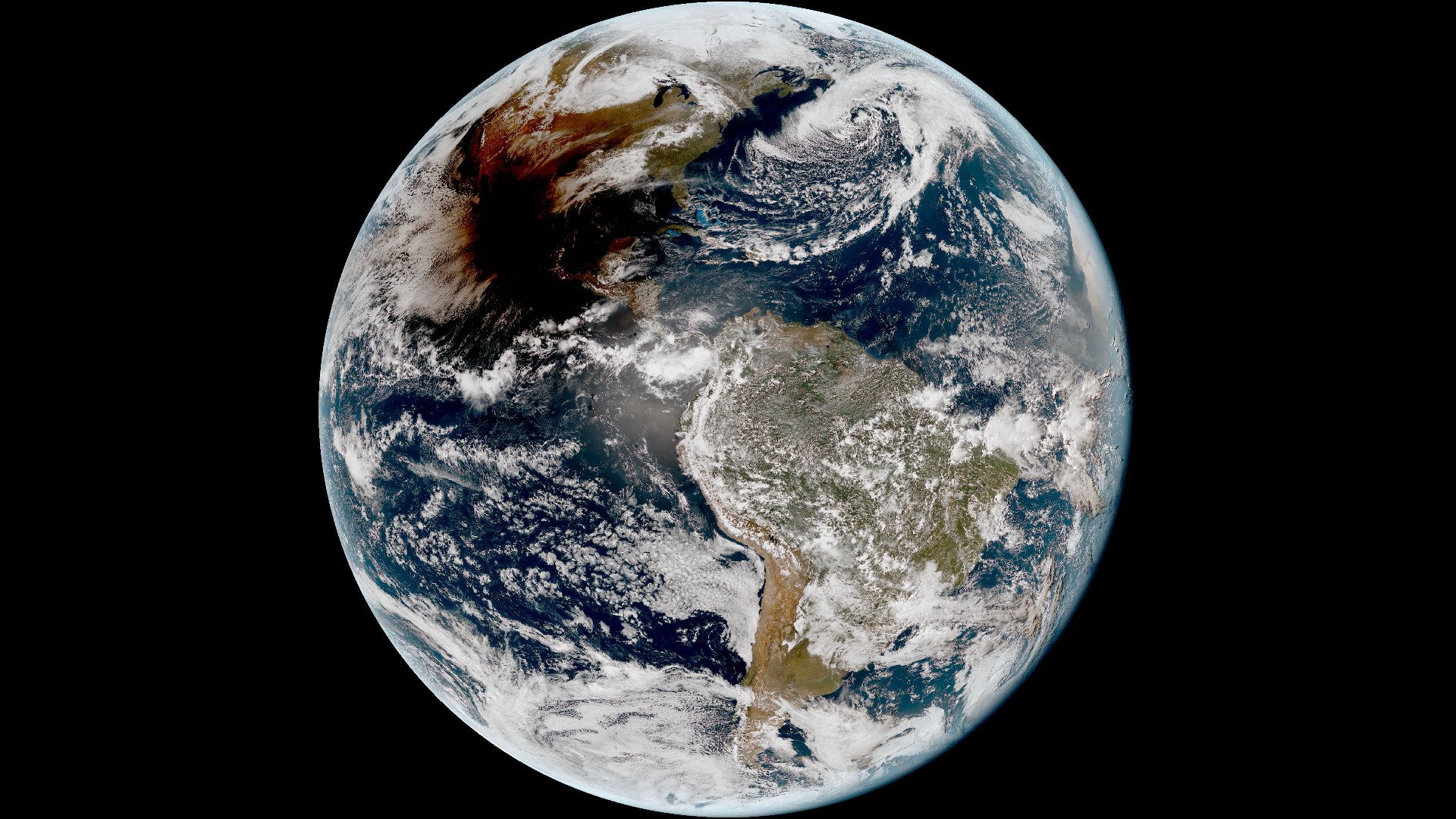On April 8, around 3:07 pm (Brasília time), the anticipated total solar eclipse began. While in North America, a crowd gathered in a narrow strip stretching from the Pacific coast of Mexico to the east coast of Canada to watch this event, those of us who did not have access to the spectacle, like Brazilians, They were able to view images directly from the International Space Station (ISS) from their couches at home.
Viewers from the rest of the world shared the image of astronauts almost 400 kilometers above the clouds, eating popcorn without worrying about cloudy weather. The occupants of the ISS, located in the Pacific Ocean off the west coast of North America, saw the Moon’s shadow (umbra) pass over their heads.
While people on Earth pointed their optical instruments at the perfect fit of the Moon’s silhouette onto the Sun, like a “hole in the sky,” ISS astronauts produced photos and videos An image of a huge dark shadow slowly crawling over the North American continent.
Preparations for total solar eclipse on ISS
Have you ever seen total solar energy? #eclipse from space?
Here is what our astronauts look like from space @Space station pic.twitter.com/2VrZ3Y1Fqz
– NASA (@NASA) April 8, 2024
It was not by chance that the ISS was in the “front row” of the eclipse show. NASA had been preparing for this event for months: The laboratory’s orbit was slowly being adjusted to meet the path of the eclipse.
The historic shadow of the Moon moving from New York State, USA, to Newfoundland, Canada, was captured directly from the space station’s dome by NASA flight engineers Matthew Dominick and Jeanette Epps.
Interestingly, although the ISS passed across the sky during the eclipse, it was not noticed by those watching from Earth. This is because it is a very small object when viewed from the ground and reflects sunlight. At most it is perceived as a small point of light moving rapidly in front of the Sun (actually at 27,600 km/h).
When will the next solar eclipse happen?
13:53EDT update: The Moon is still moving in front of the Sun. #eclipse2024 https://t.co/C5djEsyYs8 https://t.co/uC8NPkGEVX pic.twitter.com/kXQOnnC6f3
— National Weather Service (@NWS) April 8, 2024
Next A total solar eclipse will occur on August 12, 2026. and will also be away from Brazil. It will all extend into northern Spain, Portugal, Iceland, Greenland and Russia.
The good news is that since the ISS is only scheduled to be retired around 2030, we will still be able to rely on the broadcast images.
The next total solar eclipse in Brazil will only occur on August 12, 2045. According to The Sky Live platform, the event will start at 15.58 in the state of Amapá. The umbra will then pass through the states of Pará, Maranhão, Piauí, Ceará, Rio Grande do Norte, Paraíba and end on the coast of Pernambuco around 16:20 on a Saturday that promises celebrations.
Always be informed about celestial events on TecMundo, take the opportunity to share the article with your friends on social networks!
Source: Tec Mundo
I’m Blaine Morgan, an experienced journalist and writer with over 8 years of experience in the tech industry. My expertise lies in writing about technology news and trends, covering everything from cutting-edge gadgets to emerging software developments. I’ve written for several leading publications including Gadget Onus where I am an author.












